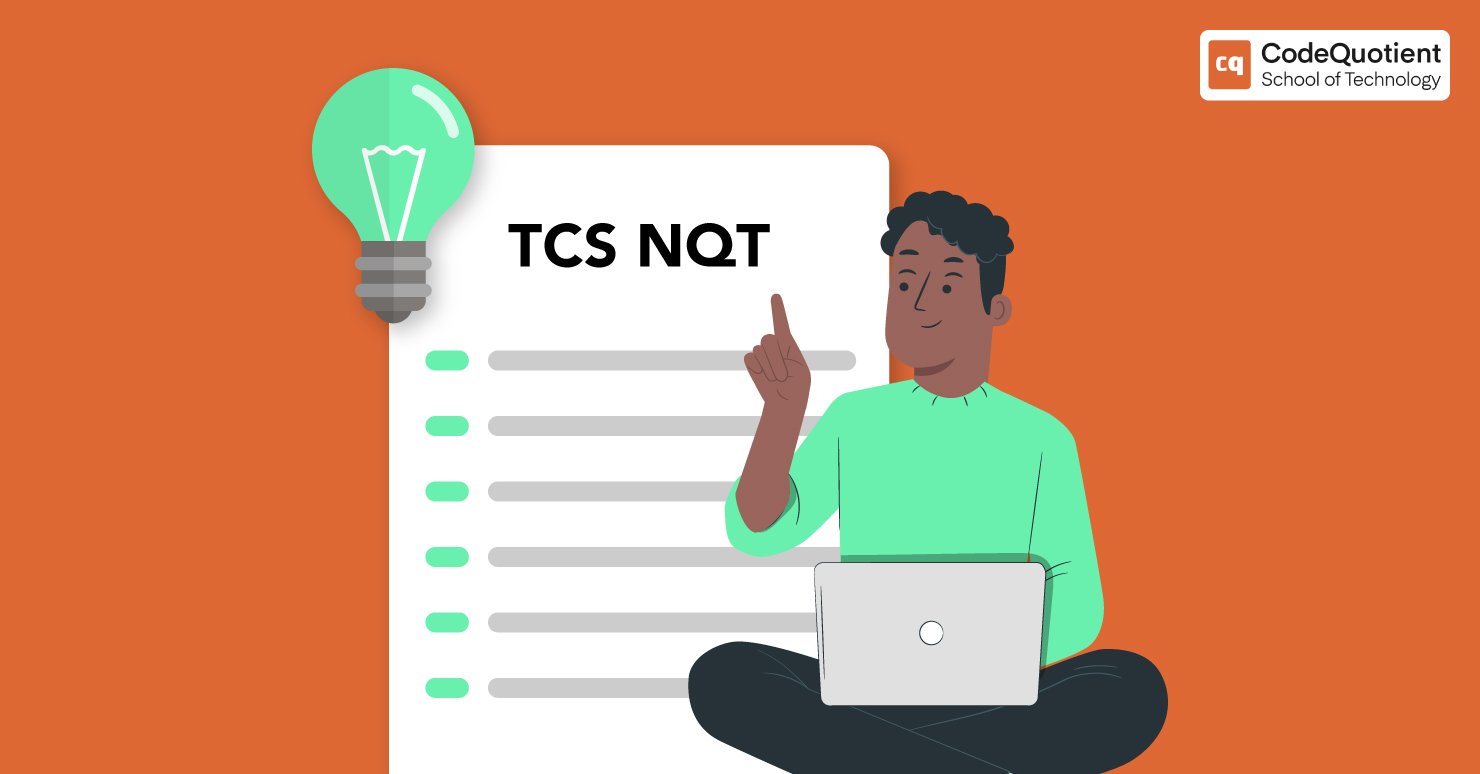Filling a talent gap fast is a dreading situation for recruiters and hiring managers. It can result in costly mistakes. One bad hire can disrupt the dynamics of your business team, reducing productivity, team morale, and work quality. All these factors could ultimately affect your bottom line. According to Forbes, even the most established companies can not afford the cost of hiring a poor candidate, which goes well over $100 million.
The ideal question begs — What causes companies to land a bad hire in the first place? An inefficient recruitment process is an unequivocal answer.
So what is the way out? How can recruiters avoid making hires that cost them money? Keep reading to find out.
What Makes a Bad Recruitment Process?

According to Glassdoor’s report, one of the leading causes of failed hires is a lack of standardised interviewing practices. It further mentions that companies that do not follow standardised hiring procedures are five times more likely to make a disastrous hire.
So, What’s the Fix?
Hiring can be complicated, but some techniques can considerably increase overall hiring quality. Therefore, to put a red light on terrible hiring decisions, companies need to strategically rethink their recruitment process, which involves attracting, selecting and onboarding talent.
Five Ways to Scale Up Your Recruitment Process and Avoid Bad Hires
As you’re now aware of the pitfalls of hiring a bad employee, it is time to take actionable practices for an effective recruitment process.
Below are some of the best ways to address the hiring pitfalls and move towards effective recruiting processes.
1. Standardize your recruitment process
Inconsistent screening, unconscious bias and unclear candidate persona — all are products of inconsistent interview protocols. To avoid making ad hoc recruiting, you should carefully define and lay the foundation of the interview processes. There should be a well laid standardised recruitment process for effectively screening and assessing candidates.
The process should include defining the different stages of the interview process, creating a clear candidate persona, identifying the skills required for the role, and preparing a question checklist to ensure nothing is missed. Such a standardised process will improve the efficiency of the process and save time and money in the long run.
2. Aim for skill and not the experiences
Often, candidates’ proficiencies are assessed based on their degrees and not skills. This screening criteria smoothly dismisses the very idea of non-degreed skilled candidates.
To fill critical roles with the best talent, you should assess candidates based on their expertise and skills beyond their degrees and last job titles.
According to research, even tech giants such as Amazon, Google, Microsoft, Salesforce, IBM, etc., all have been taking a step ahead to hire employees based on skills and have constantly been working to upskill their workforces.
3. Paint a realistic picture of your company
A poor recruitment choice is often also a result of the mismatch between the candidate and the company’s culture. Therefore, while it is imperative to communicate the advantages of working with your company, it should be done with 100% transparency and honesty.
A misleading job description and a deceiving company image will only cost you in the future. It is, therefore, essential to provide a clear image of the position’s responsibilities, the company culture, and the expectations you have for them.
This works as a win-win situation for both parties involved as this reduces the possibility of choosing someone who doesn’t suit the corporate culture and allows the candidates to withdraw if they don’t think the role is right for them.
4. Look deeply for red flags during the recruitment process
A study reveals that attitudinal reasons account for 89% of hiring failures, whereas technical skills account for only 11%. Therefore, contrary to popular belief, the most common reason for a new hire failure isn’t his poor technical skills but his poor interpersonal skills.
Recruiters often make technical competence the focal point of the recruitment process and ignore other equally essential employee factors such as emotional intelligence, punctuality, temperament, motivation, etc.
You can also save yourself the hassle of employing a troublesome candidate if you improve your capacity to detect red flags. One of the ways to look out for red flags is by noticing the candidate’s behaviour. For example, some red flags can be the candidate’s laidback attitude for meetings or consistent nasty attitude during virtual interviews or phone calls.
5. Outsource your recruitment
Recruiting the right fit for your business is a complex and time-consuming process in which no corners can be cut. Often companies take shortcuts and proceed with the recruitment process as is, thus paying an eye-popping price of lacklustre employees.
Finding the best employees for your company necessitates meticulous attention to detail at all times. One of the reasons to consider outsourcing talent acquisition is expertise! Yes, you do not only get the best fit for filling your talent gap, but you also tend to save time, money and reduce turnover.
The demand for quality tech employees is constantly going up north. CodeQuotient gives you access to a pool of top-notch talent and ensures that these individuals are well trained and ready to dive in. To hire only the best, get in touch with us today.




